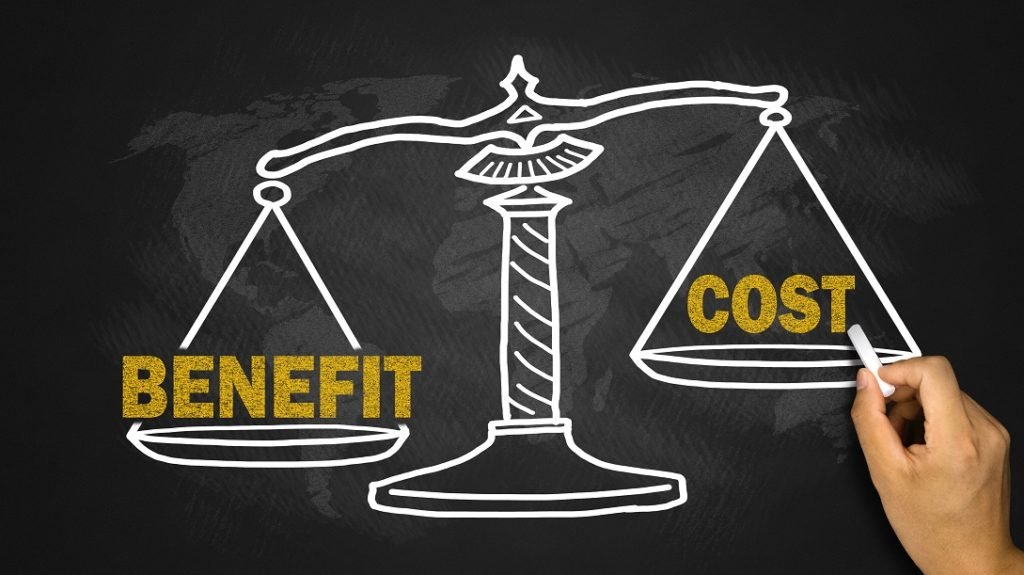The application of cost-benefit for project assessment in the highway area is made more complicated by the wide array of benefits associated with a given road initiative, some easier to translate into monetary values than others. Many of the benefits of improvements to transport projects equate to decreases in cost. The primary grouping that contains this type of economic gain is termed user benefits. Benefits of this type accrue to those who will actively use the proposed installation. This grouping includes:
· Reductions in vehicle operating costs
· Savings in time
· Reduction in the frequency of accidents.
This is the main group of impacts considered within a standard highway CBA. Other studies might address in some way a secondary grouping of benefits – those accruing to ‘non-users’ of the proposed facility. These include:
· Positive or negative changes in the environment felt by those people situated either near the new route or the existing route from which the new one will divert traffic. These can be measured in terms of the changes in impacts such as air pollution, noise or visual intrusion/obstruction.
· The loss or improvement of recreational facilities used by local inhabitants, or the improvement or deterioration in access to these facilities.
The costs associated with a proposed highway installation can fall into similar categories. However, in most evaluations, construction costs incurred during the initial building phase, followed by maintenance costs incurred on an ongoing basis throughout the life of the project, are sufficient to consider.
The three primary user benefits listed above are normally estimated relative to the without project or ‘do-nothing’ situation. The definition and description of the without project scenario should be such that it constitutes an entirely feasible and credible course of action. Let us examine each of these benefits in some detail.
Reductions in vehicle operating costs
This constitutes the most direct potential benefit derived from a new or upgraded highway project. It is often the most important one and the one easiest to measure in money terms. While the users are the initial beneficiaries of these potential reductions, circumstances dictated by government policies or competition, or the drive to maximise profits, might lead to other groups within the broader community having a share in the ultimate benefit.
For a highway scheme, the new upgraded project leads to lower levels of congestion and higher speeds than on the existing roadway, usually resulting in lower fuel consumption and lower maintenance costs due to the reduced wear and tear on the vehicles.
Within a highway cost-benefit analysis, a formula is used which directly relates vehicle-operating costs to speed. Costs included are both fuel and non-fuel based. The higher speeds possible on the new road relative to the existing one lead to potential monetary savings for each road user.
Savings in time
The upgrading of a highway installation will invariably reduce travel time as well as improving the reliability of transport services. For transport users, time has some connection with money. The degree of correlation between the two depends primarily on the manner in which the opportunities made possible by the increased availability of time are utilised.
In general, analyses of the value of time-savings within the cost-benefit framework focus on distinguishing between travel for work and travel for non-work purposes. Non-work time includes leisure travel and travel to and from work. Within developed economies, the value of working time is related to the average industrial wage plus added fringe benefits, on the assumption that time saved will be diverted to other productive uses. There is no broad agreement among economic evaluation experts regarding the valuation of non-work time. Since there is no direct market available that might provide the appropriate value, values must be deduced from the choices members of the public make that involve differences in time. Studies carried out in industrialised countries have indicated that travellers value non-working time at between 20% and 35% the value attributed to working time (Adler, 1987). Less developed countries may, however, set the valuation at a lower percentage. In the worked example presented in section 3.3.6, an average value for time savings is used which supplies a single value covering both workers and non-workers using the highway.
Reduction in the frequency of accidents
Assessing the economic benefit of accident reduction entails two steps. In the case of a highway, this requires comparison of the accident rate on the existing unimproved highway with that of other highways elsewhere in the country (or abroad) constructed to the higher standard of the proposed new road. Normally, the higher the standard of construction of a highway, the lower its accident rate. The second step involves the monetary valuation of the accident reduction. Three types of damage should be considered:
· Property damage
· Personal injuries arising from serious accidents
· Fatal accidents.
Property damage to vehicles involved in accidents is the most easily measured in money terms. Reduced breakage of cargo can also be a significant benefit in proposed rail-based and seaport installations. Valuations can be obtained directly from the extent of claims on insurance policies.
The cost of serious but non-fatal accidents is much more difficult to assess. Medical costs and the cost of lost output and personal pain and suffering constitute a large proportion of the total valuation.
There is major disagreement on which method is most appropriate for estimating the economic cost to society of a fatal accident. In recent times, stated preference survey techniques have been employed to estimate this valuation. In most cases, an average cost per accident, covering fatal and non-fatal, is employed, with damage costs also accounted for within the final estimated value.


